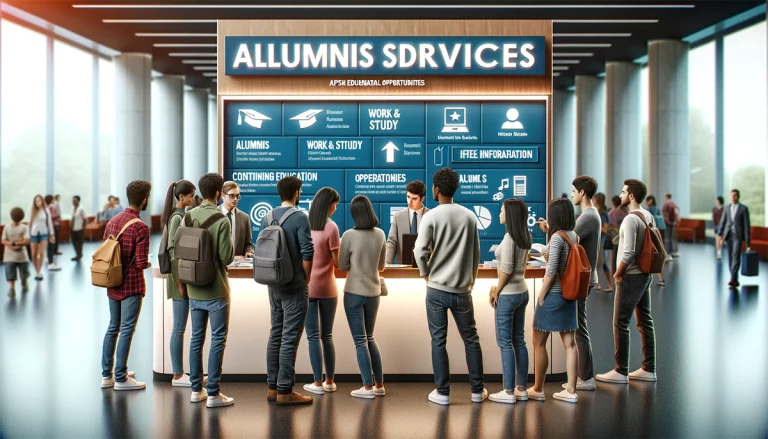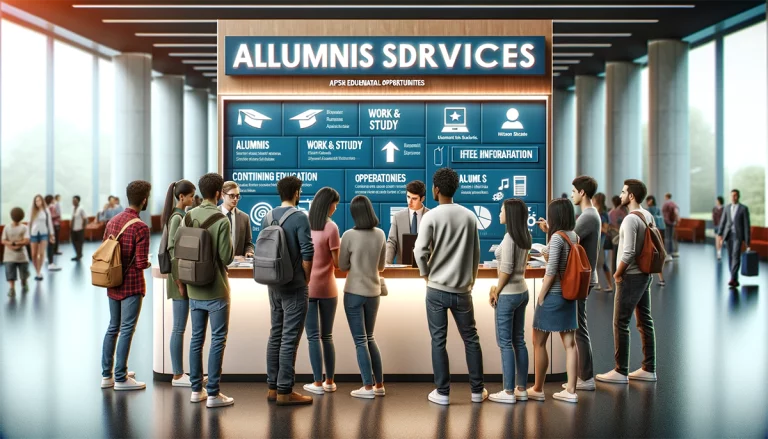Navigating Through Various Educational Systems as an International Student
Recognizing the Diversity of Educational Systems:
Educational systems vary significantly across countries in terms of structure, curriculum, teaching methods, and evaluation styles. International students must understand these differences to adapt to the new academic environment successfully.
Research and Awareness:
Before applying, students should research the educational system of the host country. This includes understanding the grading system, the credit system (like semester vs. quarter), the classroom culture (participatory vs. lecture-based), and the balance between theoretical and practical learning.
Academic Advising and Support:
Most universities offer academic advising services to help international students navigate the educational system. Advisors can provide insights into course selection, degree requirements, and academic policies.
Preparation for Different Teaching Styles:
Teaching styles can vary from highly interactive and discussion-based to formal lectures. Students should be prepared to adapt to different teaching methodologies, which may include active participation, group projects, and independent research.
Language Challenges:
For students studying in a non-native language, language can be a barrier. Utilizing language support services, such as language labs or tutoring, can be incredibly helpful in overcoming these challenges.
Understanding Assessment Methods:
Assessment methods may include a mix of assignments, exams, presentations, and group work. Understanding these methods and expectations is crucial for academic success. Students should not hesitate to seek clarification from professors or peers.
Adapting to Academic Expectations:
Every educational system has its set of expectations regarding academic integrity, assignment submissions, punctuality, and classroom behaviour. Familiarizing oneself with these expectations is essential to avoid any inadvertent missteps.
Leveraging Educational Resources:
International students should take advantage of the resources available at their university, such as libraries, online databases, labs, and study groups. These resources can significantly aid in adapting to the new educational system.
Building a Support Network:
Connecting with other international students and local peers can provide valuable support and insights. Many universities have international student organizations that offer mentorship and social activities to help students adjust.
Conclusion:
Navigating through different educational systems as an international student requires flexibility, openness to learning, and proactive engagement with available resources. Understanding and adapting to these differences is key to academic success and a rewarding international education experience.





















